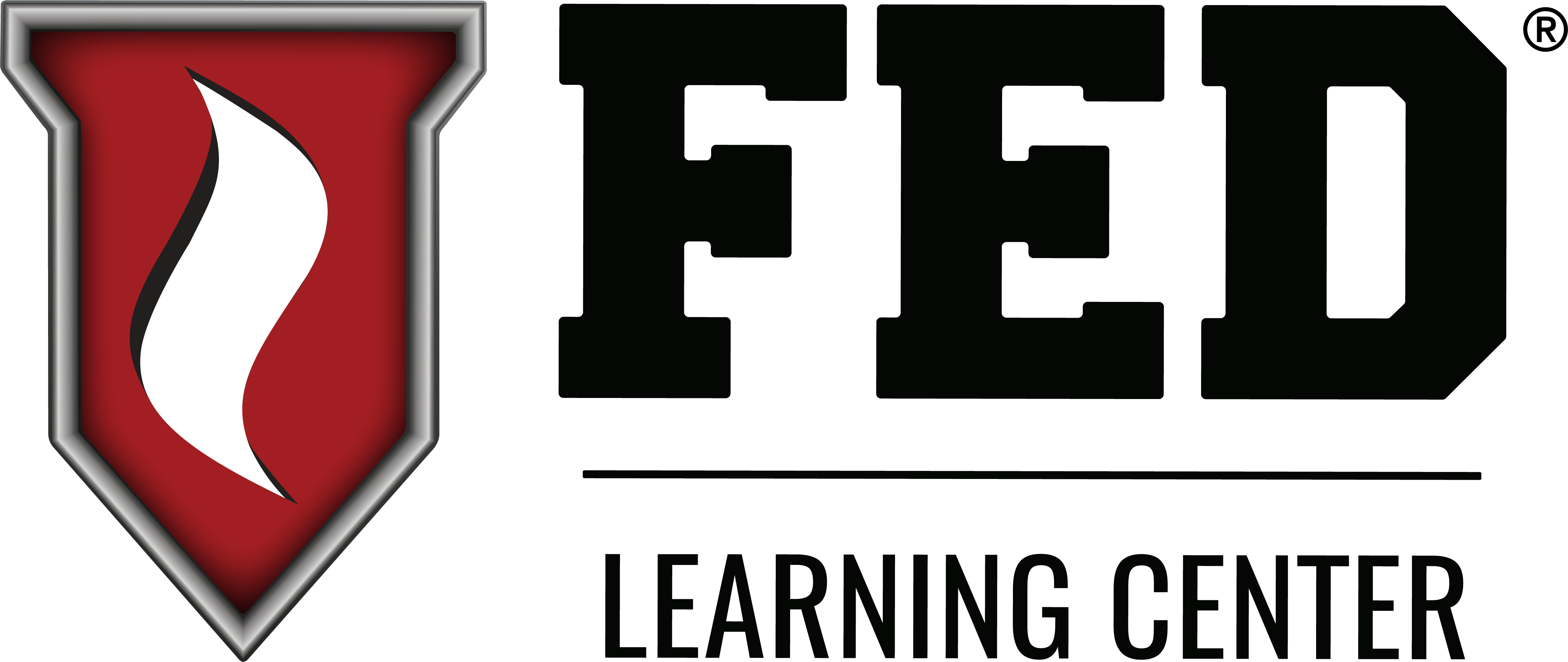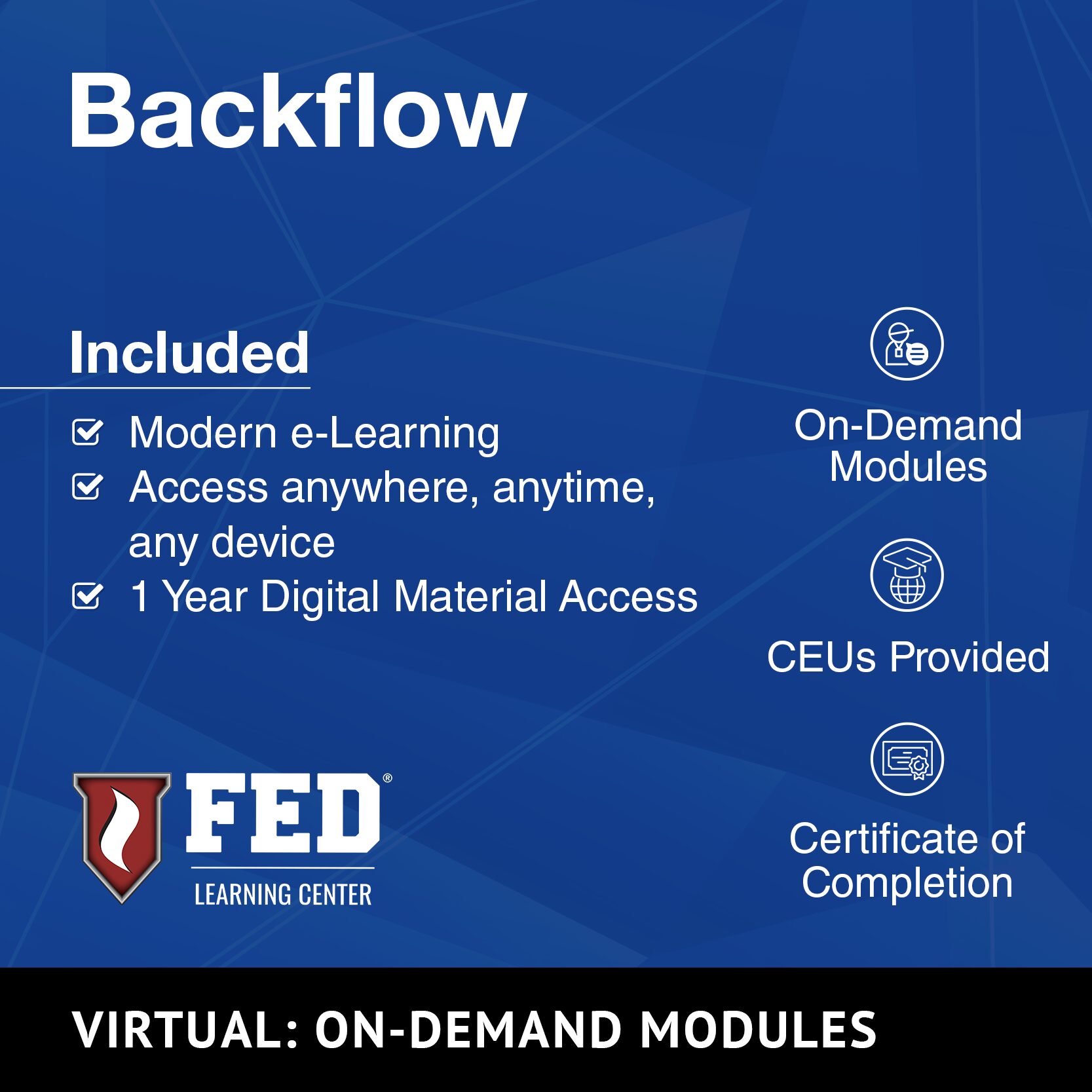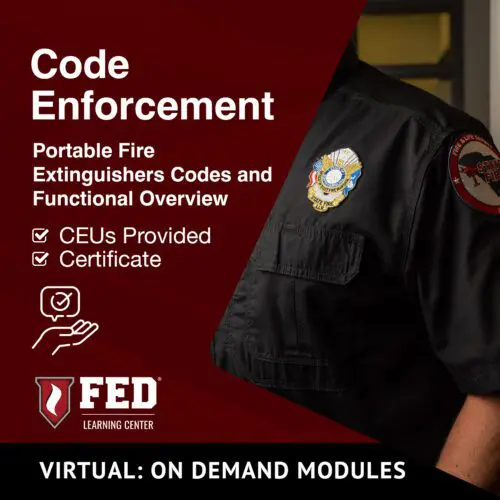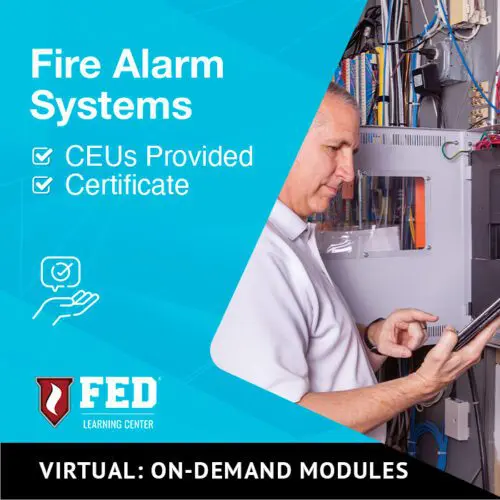Description
The Backflow virtual training series provides a structured, multi-part learning path that builds from foundational principles to advanced applications, giving students the knowledge and skills needed to understand, install, and manage backflow prevention systems.
-
- Segment 1: ICC # 27878, CEUs: 0.20, Contact hours: 2
- Segment 2: ICC # 27891, CEUs: 0.12, Contact hours: 1.2
- Segment 3: ICC # 28736, CEUs: 0.20, Contact hours: 2.0
- Segment 4: ICC # 28707, CEUs: 0.20, Contact hours: 2.0
- Segments 5-6 coming soon.
- Upon successful completion of this course, you will receive a Certificate of Completion.
Segment 1 – Foundational Basics
The Backflow – Foundational Basics virtual training introduces participants to the core principles of backflow and cross-connection, setting the groundwork for the rest of the series. This course covers key terminology, types of backflow and prevention devices, relevant codes and standards, and the role of organizations like AWWA and ASSE. Students will gain a solid understanding of when, where, and why backflow preventers are needed, preparing them for more advanced training segments.
Segment 2 – The Hydraulics of Cross-Connections
This course builds on the foundational basics by exploring the hydraulics behind cross-connections and backflow. Students will dive into the properties of water, energy, pressure, and flow, including how vacuum, force, and elevation impact hydraulic performance. Through practical examples and calculations, participants will gain the knowledge needed to understand pressure loss, siphon theory, and other key concepts that directly affect backflow preventers.
Segment 3 – The Installation of Backflow Prevention Devices
This course focuses on the proper design and installation of backflow prevention assemblies in a variety of settings. Students will learn guidelines for clearances, vertical and horizontal installations, pit and above-grade placements, as well as how to address corrosive locations and chemical feed lines. The training also covers common problems, plan approvals, engineer reports, and certified testing to ensure compliance and reliable protection.
Segment 4 – Cross-Connection Control
This course examines the critical role of cross-connection control in protecting public health and water safety. Students will explore actual and potential cross-connections, why and where they exist, and the risks they pose. The training also outlines methods for controlling cross-connections and provides an overview of program administration, including domestic protection, premises isolation, and comprehensive control strategies.







